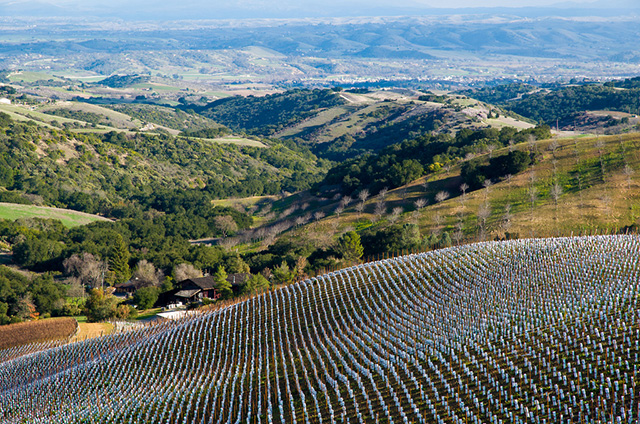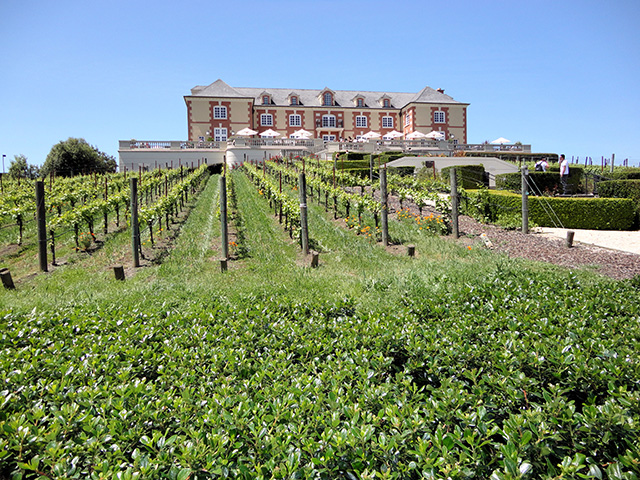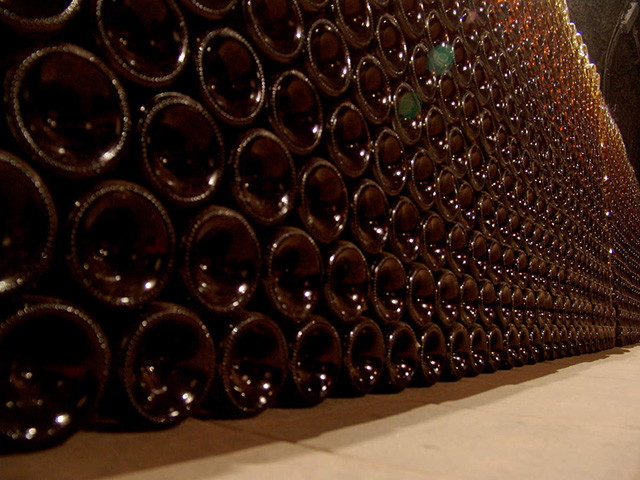This is the time of year when just about every sector of the world economy reexamines developments during the past year and gazes at the crystal ball to see what the next year may hold. The wine market is no exception.
Generally, things look good with the exception of climate change and how that affects the delicate wine grapes that produce fine wine. In my next column I will discuss climate change more fully.
Two of the world’s biggest markets-the United States and China are doing well.
There are currently about 93 million wine drinkers in the United States and all 50 states have wineries. Last year winery production grew by 6.3 percent and there are now 8,391 wineries in North America, according to Wines & Vines magazine. Canadian and Mexican wineries accounted for 629 of the winery total.
It is projected that wine consumption in the US will increase from the present 40 percent of the population to 44 percent by 2025 increasing the head count to 109 million wine drinkers.
It is also anticipated that US consumers will start trading up to premium wines. Those wines are generally in the range of US$16 US to $40. The average tax on a bottle of wine in the United States is about 73 cents a bottle. American consumers are becoming the leading customers for French wines in value terms, now accounting for some 20 percent of France’s market for wines and spirits.
China is also showing marked growth. November 11 is called Guang Gun Jie, also known as China’s Singles’ Day and has become the world’s largest online shopping festival. Several online wine and spirits retailers reported record sales figures.
Turning to Europe, this week the Champagne house of Taittinger became the first French producer to acquire vineyard land in England when it acquired 69 hectares (173 acres) of land in Kent to eventually produce 300,000 bottles of English sparkling wine, according to Decanter online.
It is well-known that good vineyard land in the Champagne district is almost entirely under the vine and when any becomes available it is at an extremely high price.
The Taittinger move appears to be a sound business move as the three main varieties for Champagne – Chardonnay, Pinot Noir and Meunier – have already been in southern England.
Now let’s take a macro look at the entire globe. A report by the bank, BNP Paribas highlights these trends:
“The top 5 key trends in today’s global wine market:
• Exports have doubled over the past 20 years: with Europe maintaining its position as the global leader, exporting 58 percent of its annual production.
• The newer wine-producing countries (New Zealand, Chile, Australia and South Africa) have increased their export volume by 370 percent.
• The United States has overtaken France as the world’s foremost wine consumer, with average annual consumption of 12 litres per person.
• Europe still accounts for 50 percent of wine consumption worldwide.
• 84 of the 100 most famous wine brands in the world are French.”
During the past year, Italy has overtaken France as the top wine producing country. The two countries often exchange the top spot in the “who is first” competition.
Wineries should be looking at a good 2016 if they can handle the expected challenges of climate change. That’s a big “if.”
[Article by David Swartzentruber]



 0
0